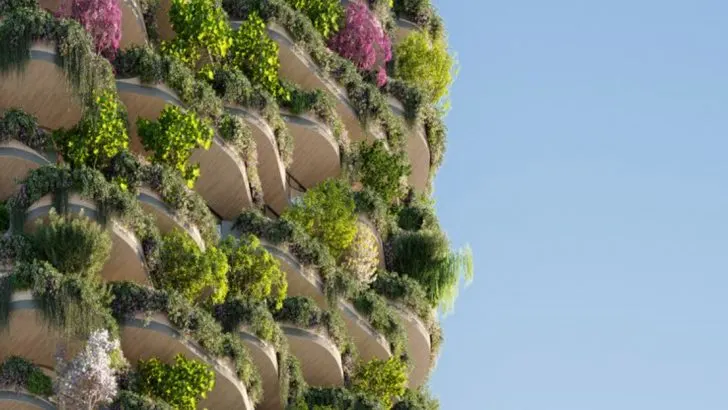Understanding plant hardiness zones is essential for selecting plants that will thrive in your garden year after year. These zones, established by the USDA, help gardeners determine which plants can withstand their region’s climate, ensuring better growth and longevity. In this guide, we’ll break down how to use plant hardiness zones effectively so you can choose the best flowers, shrubs, and vegetables for your space.
Choosing the Right Plants
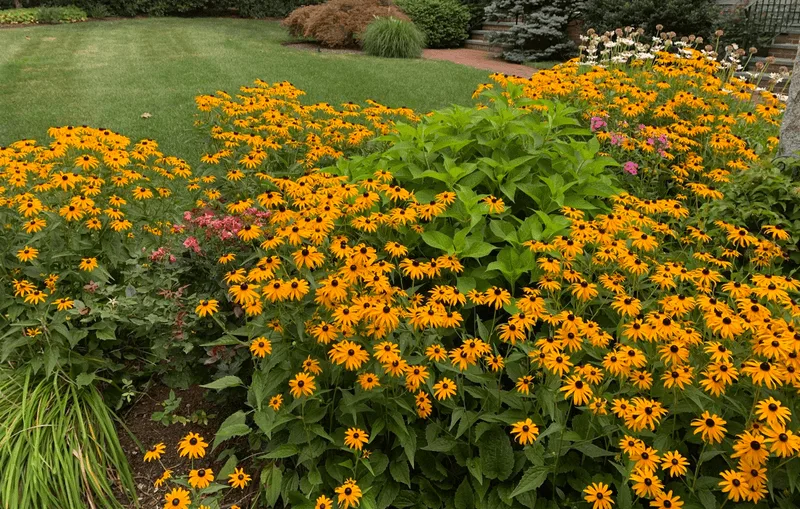
Select plants that align with your hardiness zone for optimal growth. Each plant comes with a zone rating, indicating its temperature tolerance. For instance, a zone 3 plant thrives in colder climates, while a zone 8 plant enjoys warmth. Matching plants to your zone minimizes stress and maximizes vitality. Consider perennials, which return yearly, suited to your specific zone for a consistent garden presence. Annuals can also add seasonal splashes of color. Experiment within your zone’s range to discover the variety your garden can support. This strategic selection process ensures a dynamic garden year-round.
Adapting to Microclimates
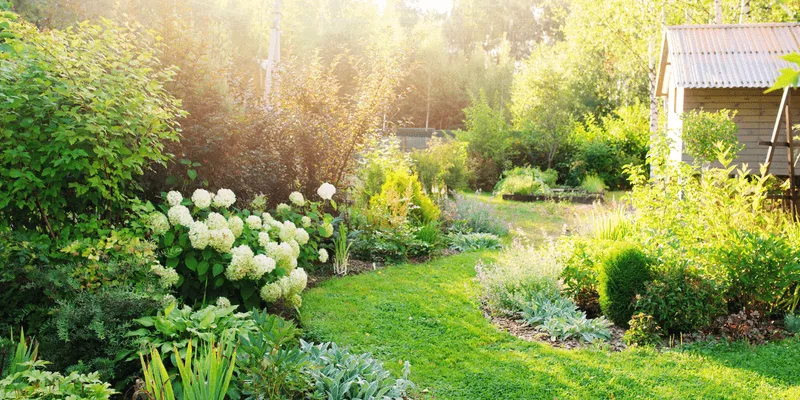
Microclimates within your garden offer unique planting opportunities. These are small-scale climate variations, like a sunny corner or a shaded nook, that differ from the general zone climate. Using microclimates to your advantage allows for a wider variety of plants. For example, a sheltered spot might support a warmer zone plant in a cooler climate. Observe your garden’s nuances and tailor plant placements accordingly. This adaptability can lead to unexpected successes and expand your garden’s diversity. Embrace the microclimates for creative gardening solutions, enhancing the overall appeal and resilience of your outdoor space.
Planting a Desert Oasis in a Cold Zone
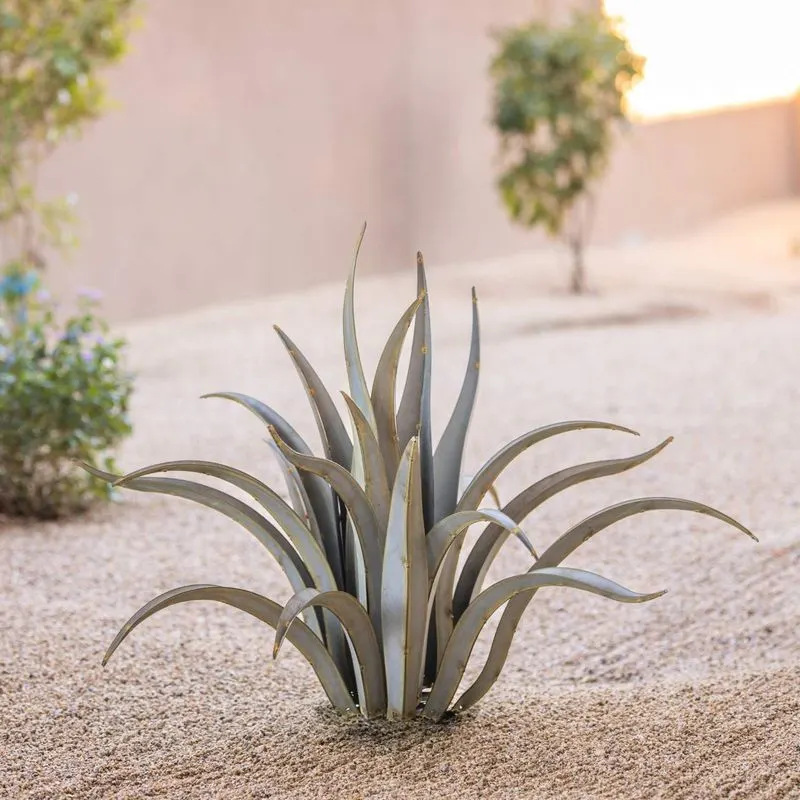
Planting a Desert Oasis in a Cold Zone
Imagine transforming your chilly backyard into a desert paradise. By using raised beds and heat-retentive materials, you can mimic arid conditions. Select cold-hardy cacti and succulents, and create a stunning contrast with the surrounding environment.
Incorporate large stones and sandy soil to improve drainage and boost warmth. This approach not only challenges norms but also adds a unique aesthetic to your garden. Your oasis becomes a conversation starter, showcasing how plant hardiness zones can inspire unexpected creativity.
Building a Jungle Retreat in an Urban Zone
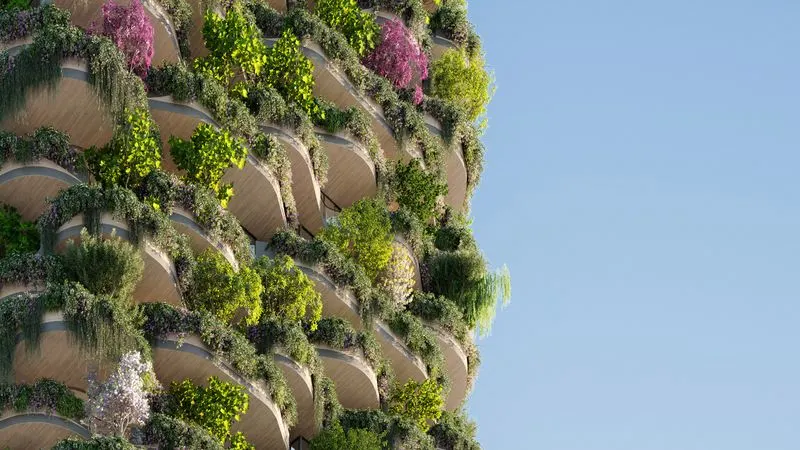
Building a Jungle Retreat in an Urban Zone
Create a lush jungle retreat on your urban balcony by selecting tropical plants that thrive in containers. Use vertical space with hanging plants and trellises to maximize greenery.
Incorporate a small water feature for ambient sounds and choose plants with broad, glossy leaves to mimic jungle density. This urban jungle not only serves as a personal escape but also improves air quality and reduces city noise.
Transforming an ordinary urban space into a vibrant retreat showcases the versatility of plant hardiness zones.

